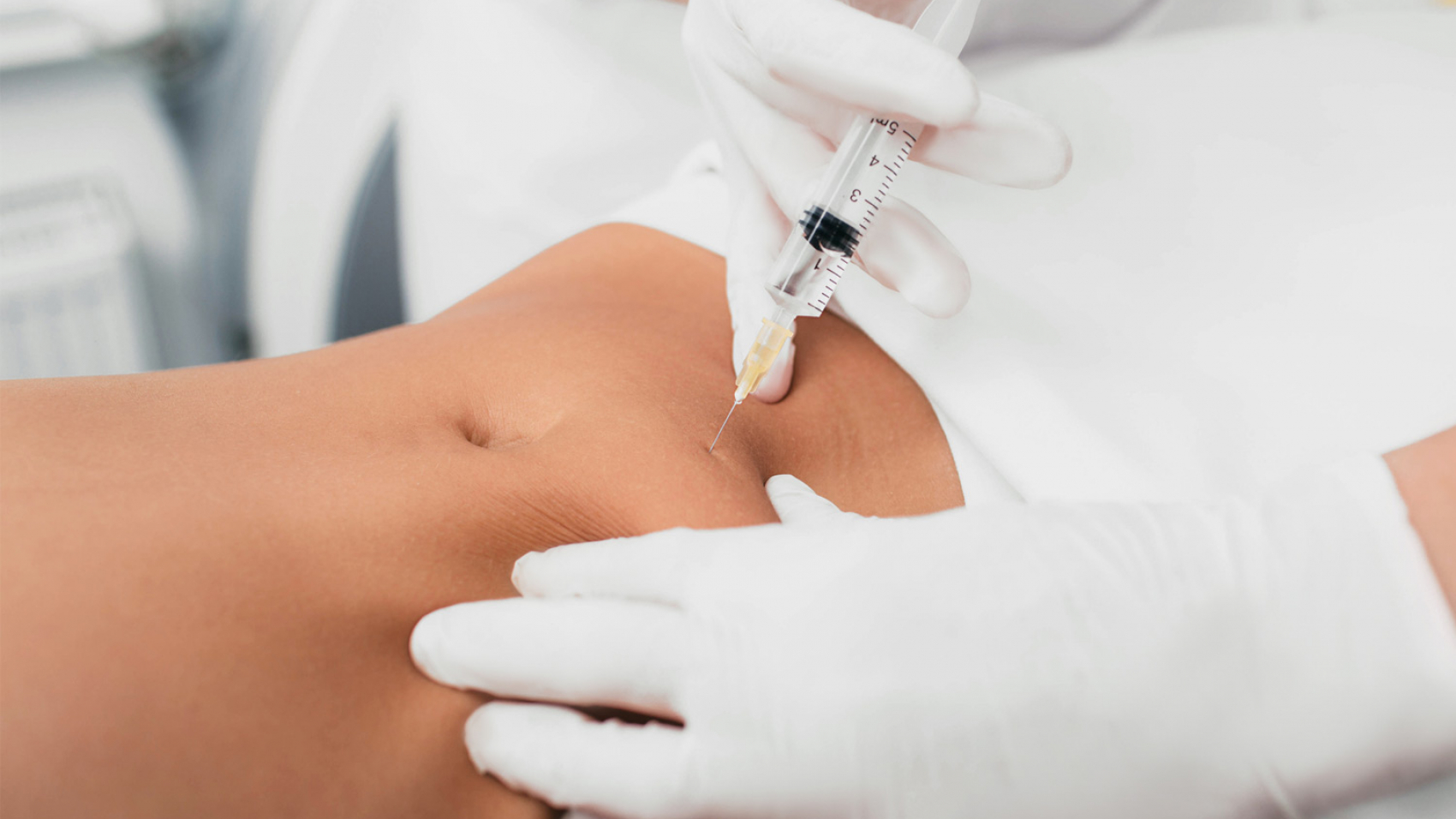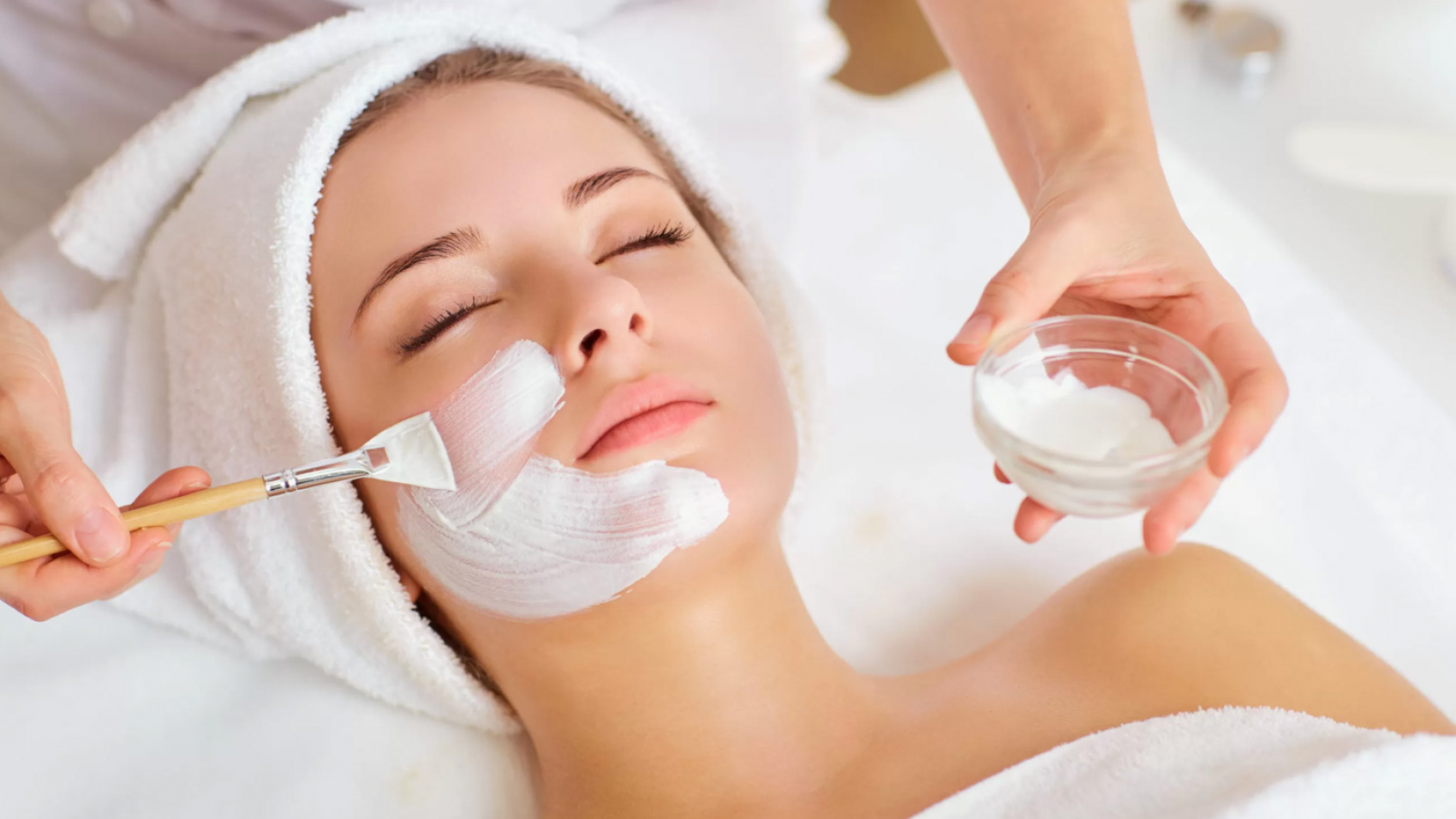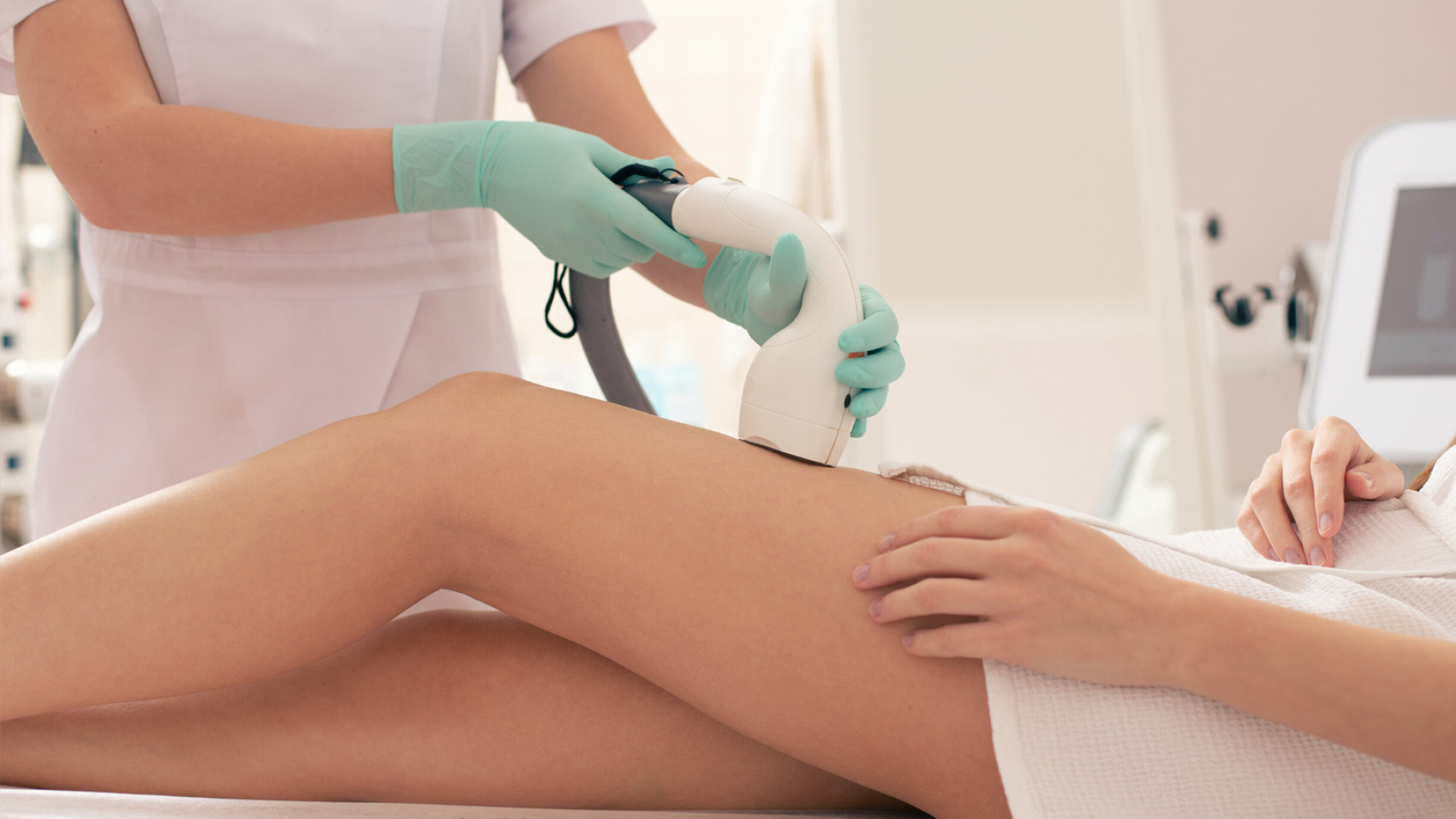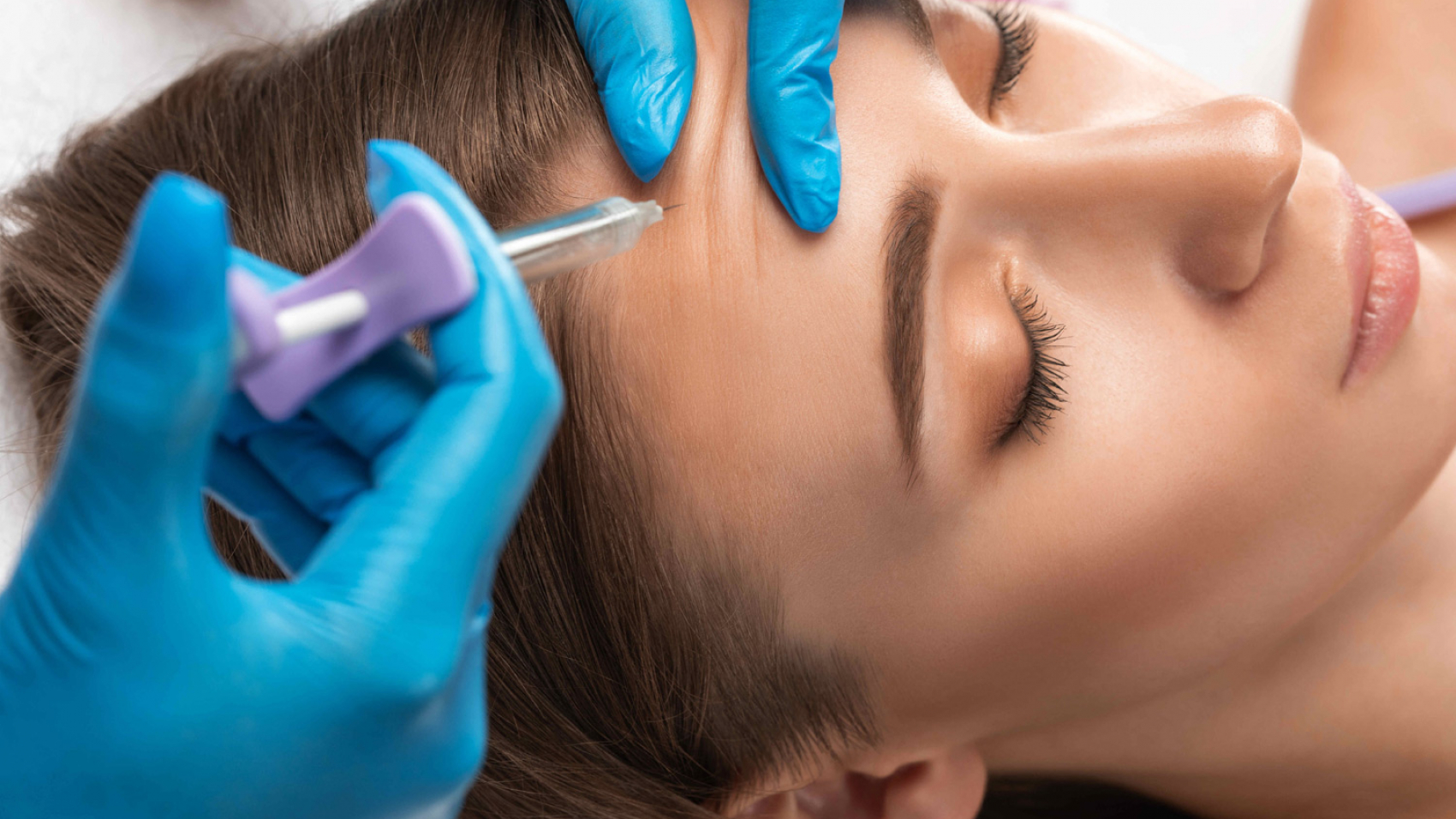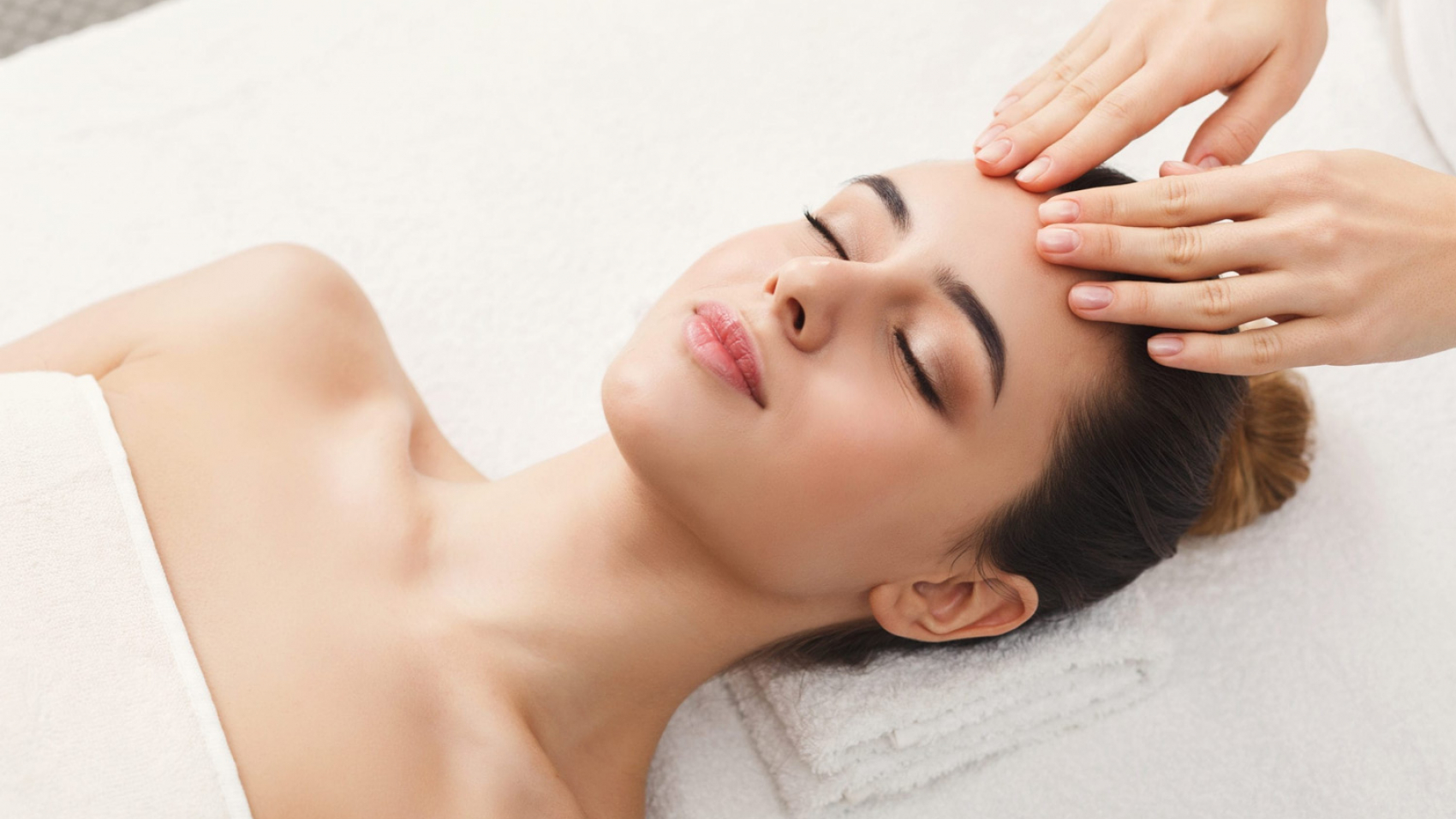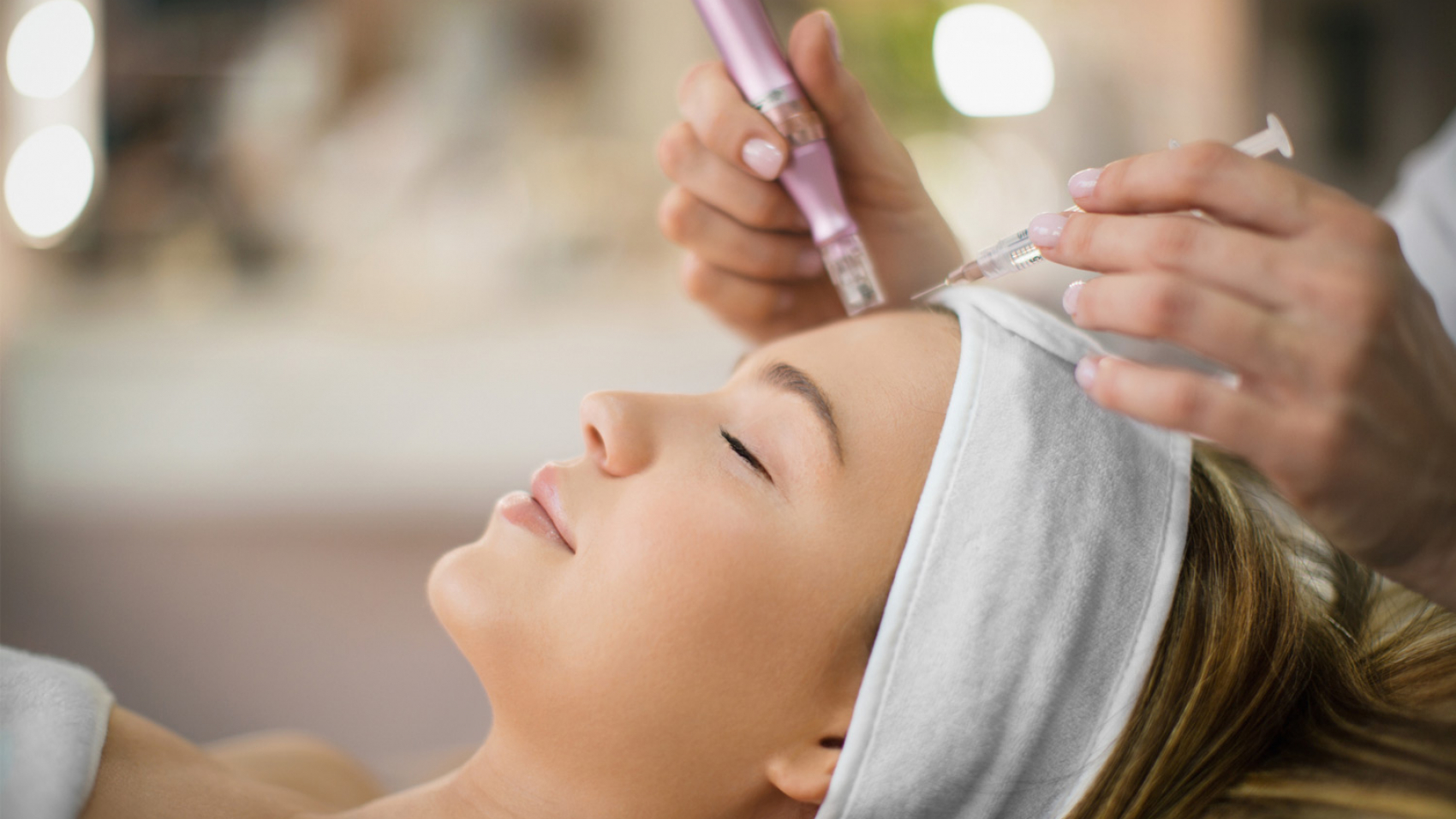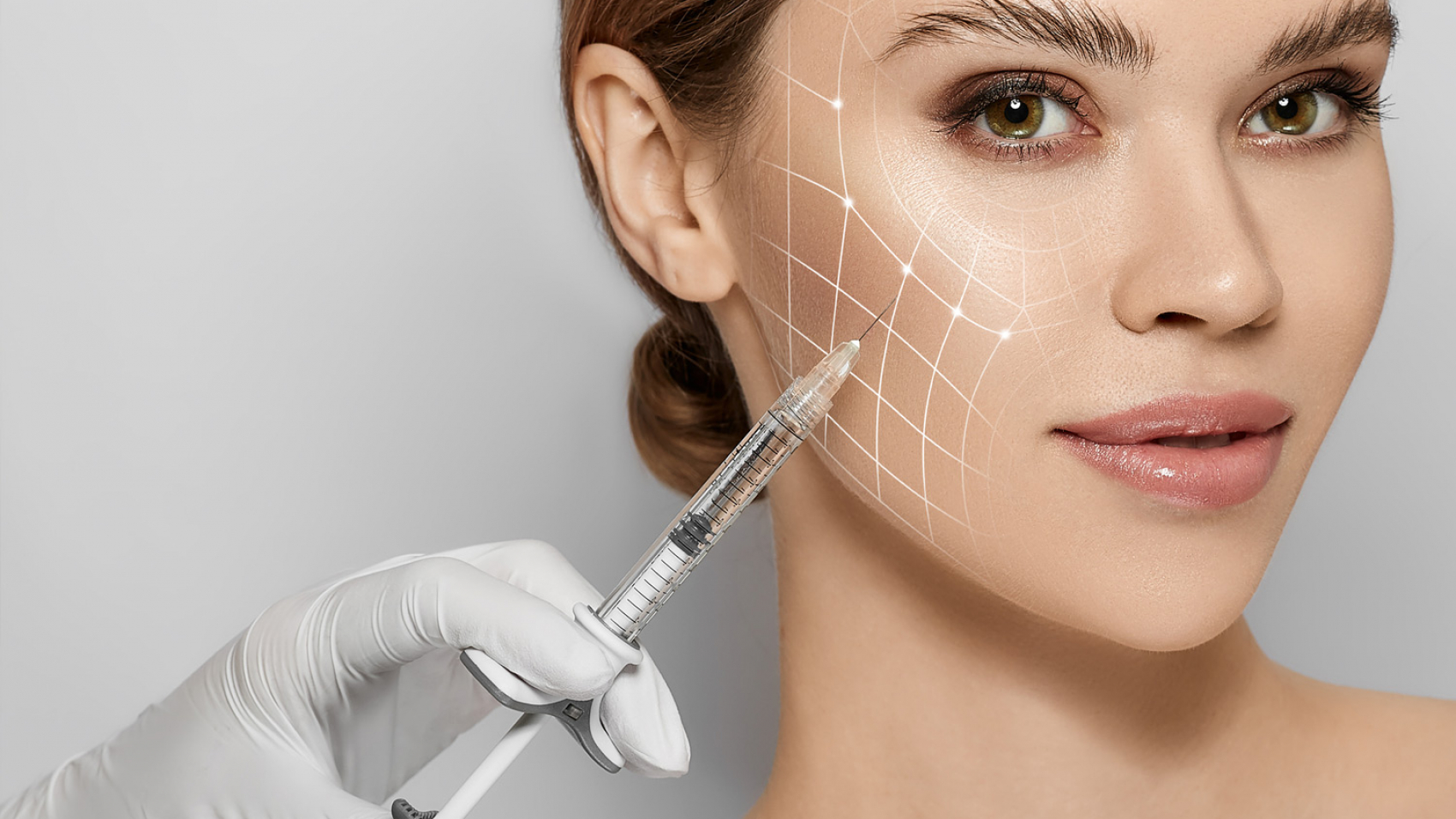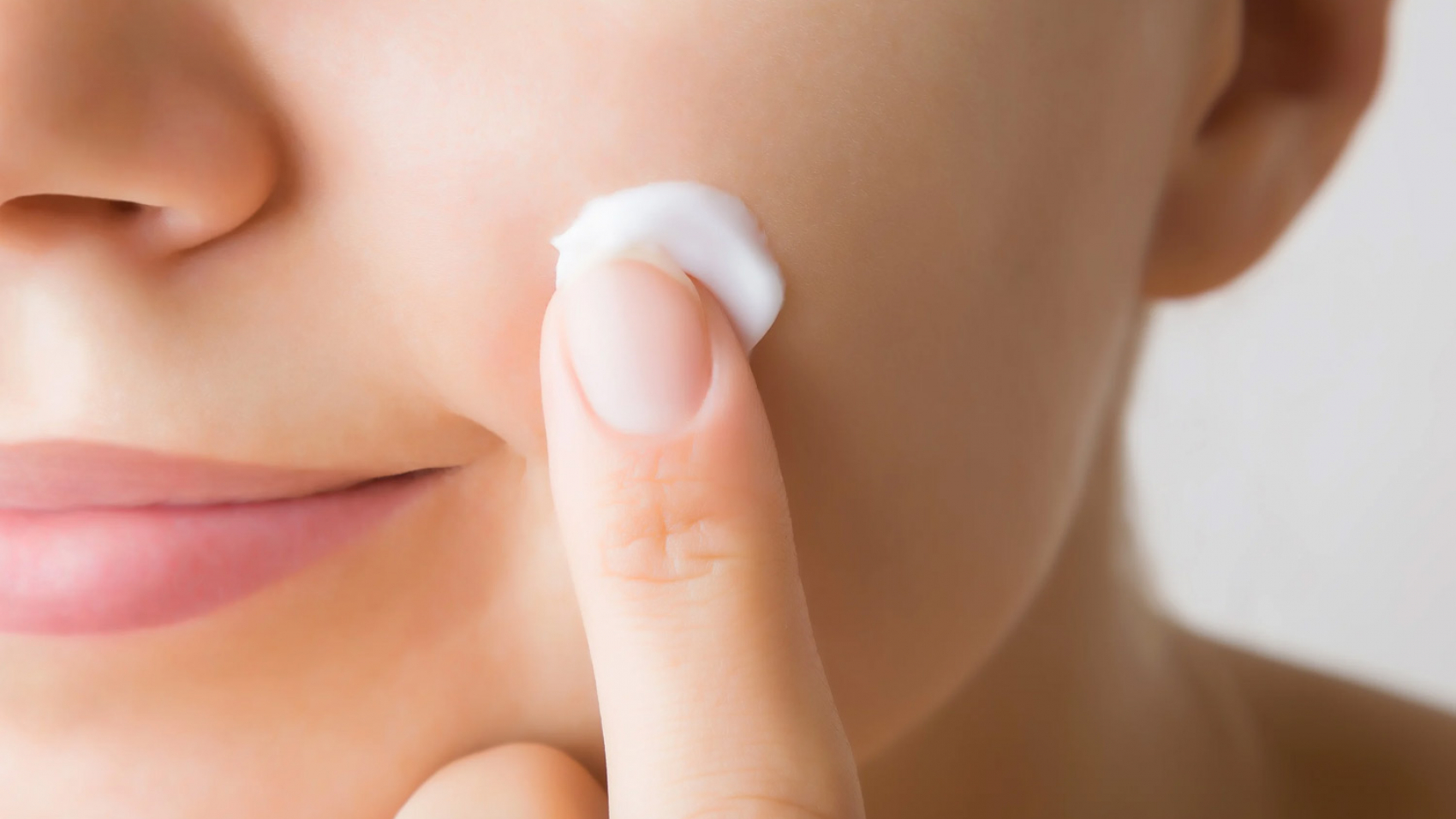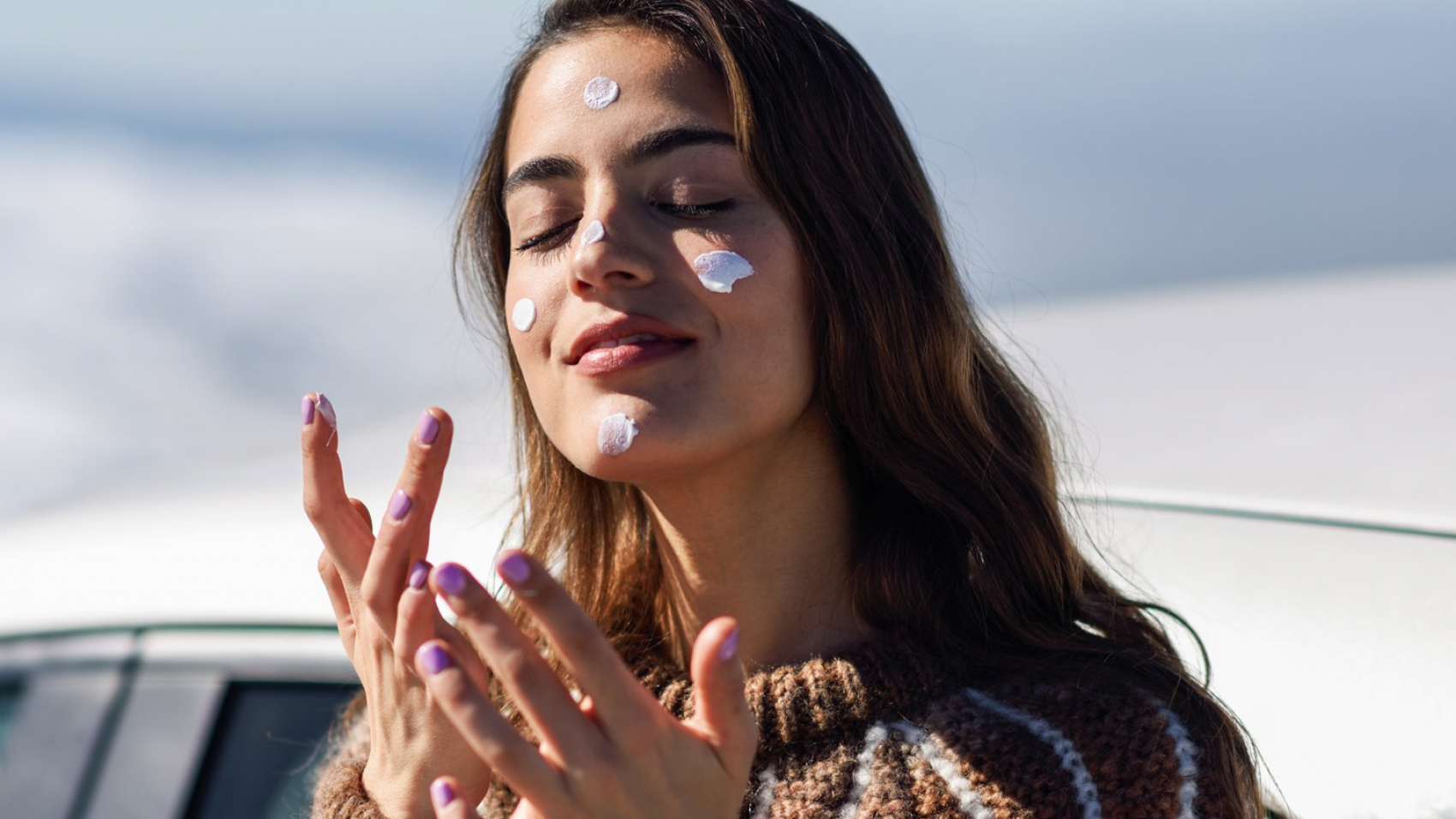Everyone is beautiful, and at Avalon Skin Clinic, we want you to feel good in your skin. However, even with regular exercise and a healthy diet, you might still have stubborn fat areas that impact your confidence. Fat dissolving injections have become a popular solution for this issue. This non-surgical treatment is well-liked for its ability to shape the body and highlight natural beauty. In this blog, we will discuss fat dissolving injections, including how the treatment works, its advantages, and more.
1. What are fat dissolving injections?
Fat dissolving injections, also called lipolytic injections, use special solutions to target and reduce fat in specific areas of the body. These injections often contain ingredients like deoxycholic acid, riboflavin, lecithin, and bromelain, which help break down and absorb fat from food. When injected into certain spots, these solutions help destroy fat cells, which the body then naturally removes over time. These injections are not meant for weight loss but can support a healthy diet and lifestyle.
The solution is injected into the fatty layer under the skin, breaking down fat cells that the body eliminates through the lymphatic system. Once these fat cells are gone, they won’t come back if you maintain a healthy diet and lifestyle. However, poor eating habits can lead to new fat gain.
Please note: Fat dissolving injections are not a way to lose weight on their own. They should be used along with a healthy diet and regular exercise.
2. Fat dissolving injections offer several advantages.
They are perfect for targeting specific spots like the chin, jowls, love handles, and thighs, helping to reduce stubborn fat that diet and exercise may not affect. These injections can shape your body and enhance your natural features, which can greatly increase your confidence and help you feel more beautiful. Additional benefits include:
– Quick procedure
– Minimally invasive with minimal recovery time
– Suitable for various treatment areas
– Effectively reduces stubborn fat
– Less invasive compared to liposuction
– Can assist with cellulite
– Increases self-confidence
3. What areas can fat dissolving injections target?
Fat dissolving injections can be used on many areas with fat, including:
– Double chin
– Abdomen
– Love handles
– Upper arms
– Back
– Bra area
– Inner and outer thighs
– Knees
4. What occurs during a fat dissolving treatment?
Before your appointment, you will fill out a health questionnaire to check if you can safely receive fat dissolving injections. Then, your practitioner will talk to you about your main concerns and mark the spots for the injections. They will draw grids on the area to identify where to inject; larger areas will require more injections. The injections themselves are not very painful, but the solution may cause a slight sting as it enters the tissue. This part is quick, so any minor discomfort doesn’t last long. After the injections, the area will be cleaned, and some practitioners may massage it. The entire treatment usually takes about 15-30 minutes, depending on the size of the area being treated.
5. Am I a good fit for fat dissolving injections?
Fat dissolving injections are a popular option for those looking for non-surgical ways to reduce localized fat. Generally, if you are in good health, you may be a good candidate for this treatment. The best candidates usually lead a healthy lifestyle and are near their ideal weight but need some help with stubborn areas. It’s important to have realistic expectations about the results. While these injections can provide some improvement, they may not be as effective as surgical options like liposuction, and you might need several sessions.
However, some people are not suitable for this procedure. Those with kidney or liver problems, type 1 diabetes, issues with fat processing, pregnant or breastfeeding individuals, and anyone with current skin conditions or infections should avoid this treatment. A complete medical evaluation will be done before the procedure to confirm your suitability.
6. The time it takes to see results from fat dissolving injections can differ for each individual.
Factors like the type of product used, the amount of fat in the treated area, how your body responds to the treatment, and the aftercare you follow can all affect the outcome. Generally, you may need between 2 to 6 sessions to reach the desired results.
7. how long the results last after Fat dissolve injections.
The effects of fat dissolving injections can last a long time. If the fat cells are destroyed, they won’t come back as long as you keep a healthy lifestyle and avoid gaining weight.
8. What is the cost of fat dissolving injections?
Several factors can affect the price of your treatment:
– Treatment area: Larger areas need more product, making them generally more costly.
– Brand/product: Some fat dissolving products are pricier than others.
– Number of treatments: Each person reacts differently, so some may require more sessions.
– Amount of fat: More fat in the area usually means more sessions are needed.
– Prices can vary across different regions in the UK.
9. Are there any side effects?
Fat dissolving injections have very few side effects and low risks. Like any injection, you might notice some swelling, bruising, or redness at the injection site. If you want, you can apply arnica gel to help with this. You may also feel the area where the product was injected, but this sensation typically goes away within a day.
Our selected fat dissolver brands are Lemon Bottle and Aqaulyx. Clients find Lemon Bottle to be less painful compared to Aqaulyx, and many report minimal to no side effects after their treatment.
Sessions required:
The number of sessions needed can change based on the area you want to treat and your personal goals. Usually, 3 to 6 sessions are suggested for the best results. In our consultation, our skilled team will develop a customized treatment plan tailored to your unique needs and goals.
10. Fat dissolving injections aftercare
Here are some things to keep in mind after your skin booster treatment:
Do not touch the treated area for 6 hours.
Avoid using body creams or similar products on the area for 24 hours.
Steer clear of heavy exercise for 24 hours; light exercise is okay.
Limit fatty and sugary foods, and focus on a healthy diet and lifestyle.
To achieve the best results, staying hydrated is crucial. Aim to drink at least 2-3 liters of water daily for a week after your treatment. Your results depend on your body’s lymphatic system to eliminate fat, and drinking enough water supports this process and helps your body remove waste.
11. The key points
In summary, fat dissolving injections are a non-surgical, effective way to reduce localized fat and enhance confidence. These treatments allow people to appreciate their beauty with poise, and they can improve body shape, leading to increased self-esteem. Like any cosmetic treatment, proper aftercare is essential for the best results, and it’s important to have realistic expectations. Remember, this is not a method for weight loss but a way to target stubborn areas that diet and exercise may not affect.
While fat dissolving injections have great advantages, it’s important to find a skilled and experienced practitioner for the procedure. Make sure to research and choose a trustworthy clinic or professional who will focus on your safety.
If you are considering fat dissolving injections, reach out to us today to schedule an appointment or a free consultation.
